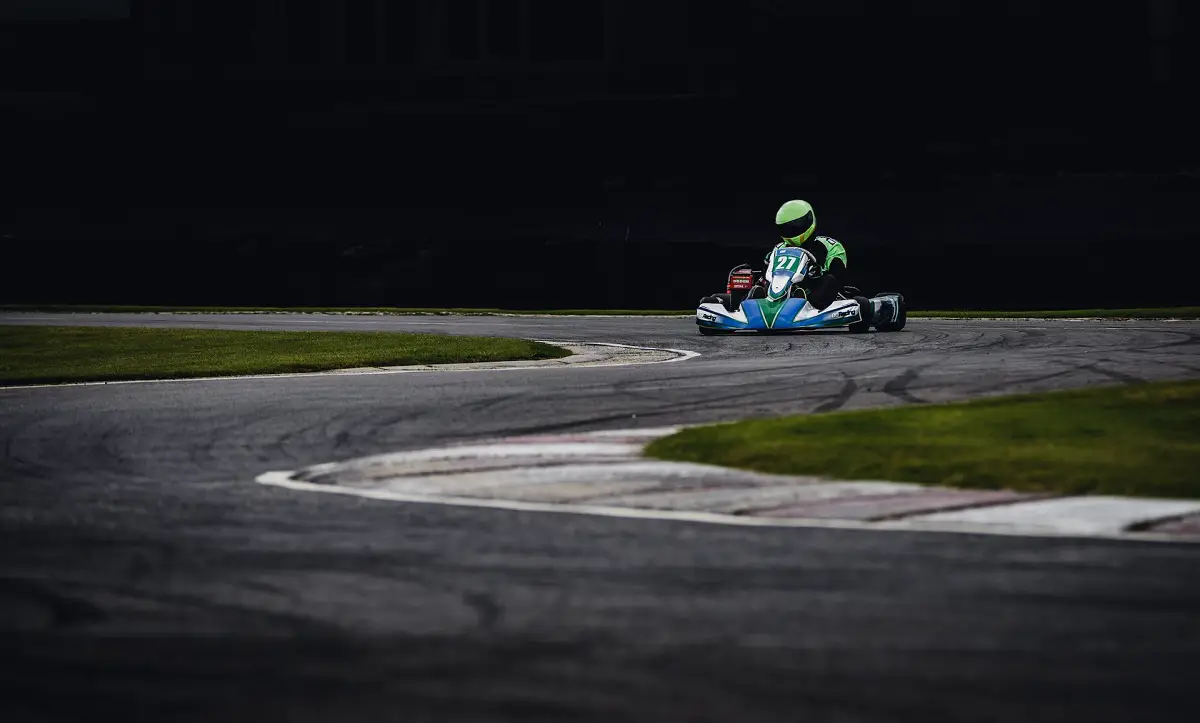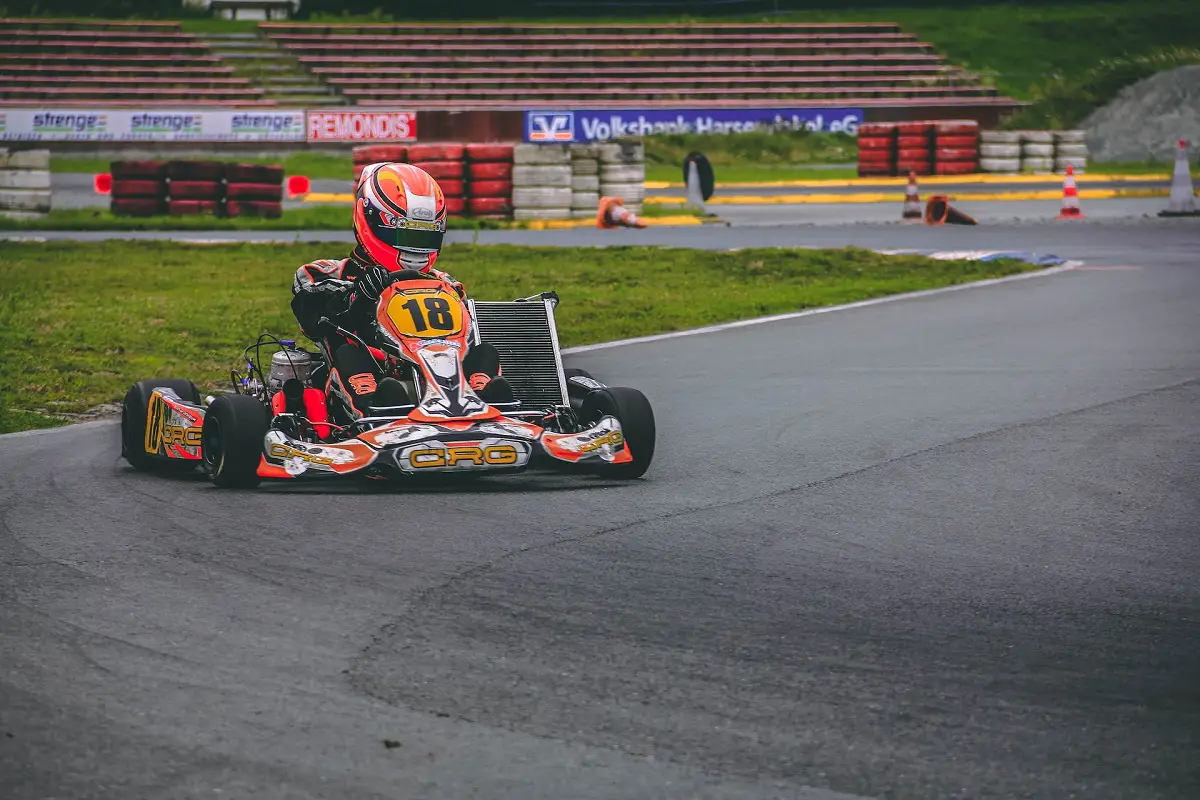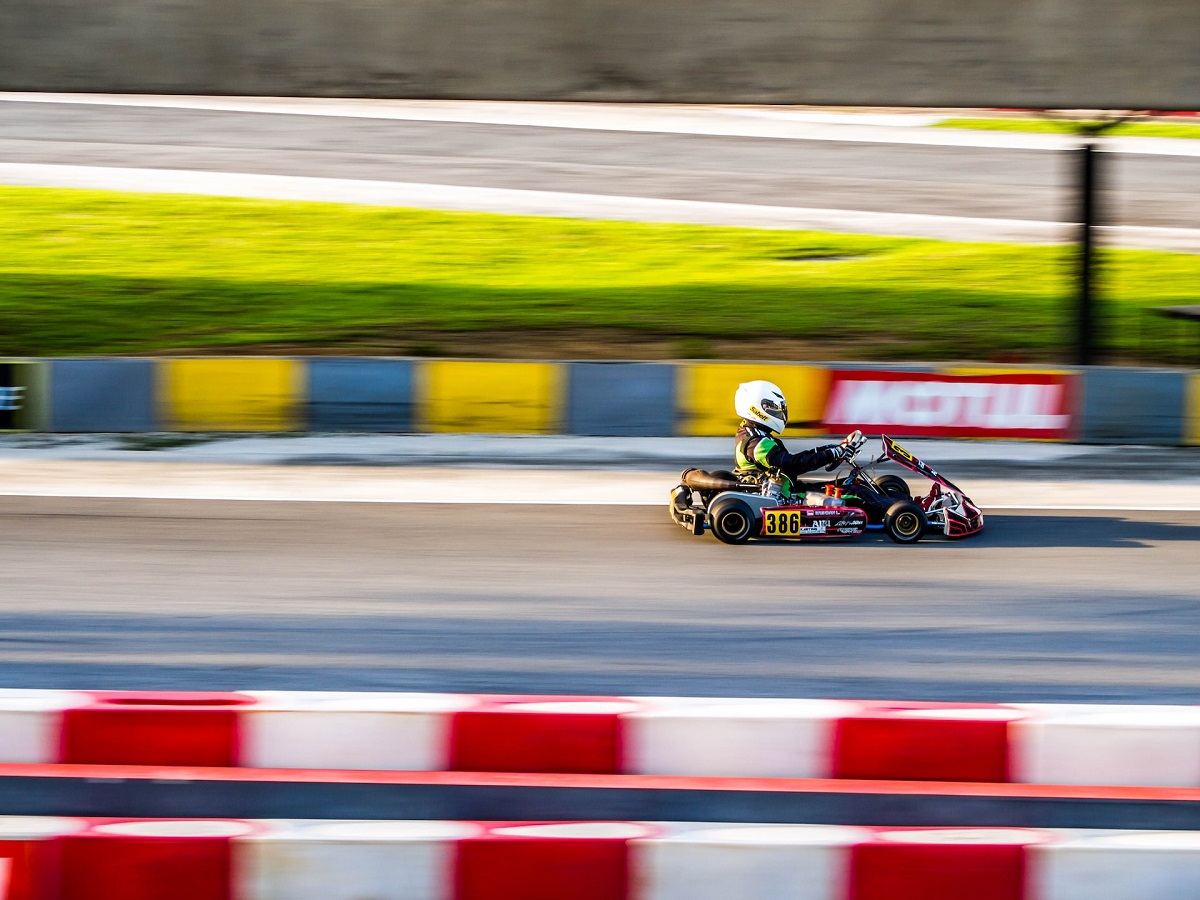Getting a go kart without the intent to learn drifting is like getting a skateboard with no intention of learning how to do a manual. Drifting is pretty much the defining feature of go-karts these days. This is why it’s so important to learn how to do it if you’re planning on purchasing your very own drift go kart.
If you’re feeling any kind of anxiety or nervousness about how to learn drift go kart techniques, this article is for you. Drifting karts are much easier to learn how to master than many people realize. There’s no need to psych yourself out! All you need are a few helpful tips and a little bit of practice, and you’ll be drifting in no time.
Sounds good? Then here are the main tips you need to learn so that you can master the go-kart drift in no time at all.
When it comes to drifting go-karts (sometimes spelled go carts, as both spellings are valid), all you need to remember are these seven basic tips or techniques. Let’s go over all of them briefly, then we’ll dive deep into each one.
With me so far? Then let’s start getting technical.

While this first drifting go-cart tip may seem obvious to some, it is something you must always keep in mind, just like with riding a bike or driving a car.
Knowing your surroundings definitely refers to the driving course or the area you plan on operating your go cart. But it also refers to understanding how your go kart itself works.
You should know intuitively through practice and experience the top speed of your go kart, how quickly it accelerates and how quickly it brakes. This feel is necessary for driving as optimally and safely as possible when speeding up, slowing down, making sharp turns, or drifting.
It’s also important to get a feel for how much your drift gocart weighs. A gocart that weighs 50 lbs will have a different acceleration and drift feel than a drifting go-cart that weighs 80 lbs.
You should also keep your own body weight in mind when it comes to this as well if you happen to be approaching the load capacity of your kart.
Since you’re probably a beginner, it’s also wise to scope out the drifting track before you actually sit behind the wheel. Feel free to study where all the turns are so you can anticipate them beforehand. This is especially important for 90-degree turns, which is where you will be doing most of your go kart drifts.
Now that you’re ready to get behind the wheel, you should select a drift corner to practice on. Ideally, it should be closer to a 90-degree turn but if you’re not feeling up to it, feel free to choose an easier one closer to 45 degrees instead.
Make sure that your drift go kart is aligned with the racing line on the outside of the corner. You don’t want to be too close to the corner itself or the drift will not succeed. There have to be at least a few inches or a couple of feet between the kart and the road/track barrier when performing the drift.
You need to make sure not to slow down too much either, as the drift can only work when you have enough speed and momentum. Only reduce your speed by a couple of miles per hour as you begin to make the turn.
Feel free to practice both the spacing of coming from the outside and the timing of slowing down slowly on the same corner a few times. Doing this in the same spot is a good tip for beginners as it lets you practice with the same conditions and dimensions each and every time.
Here’s the step that is often considered the hardest for beginners to grasp. You need to get used to leaning away from the corner that you are steering into. In other words, your body and the steering wheel need to be facing in opposite directions.
It will feel counter-intuitive at first, but the core concept of drifting is using your body weight as well as the gokart itself to achieve the drift.
Another tricky thing to understand is that you actually have to turn your steering wheel before you reach the racing line, not during or after. If you don’t do this, you won’t clear the turning corner properly.
Like knowing how to slow down just gently enough in the previous step, you have to steer in the right direction just gently enough. You can neither oversteer nor understeer.
If anything, oversteering is preferable because you can use your leaning body weight to compensate for this, but depending on your kart’s weight and your own body weight, this may be a less attainable strategy.
The key thing to get down during this drift go-kart stage is to feel when your gocart is beginning to swing sideways. This is when you should begin leaning out. This shift in the center of gravity is what causes a successful drift to begin.

While this is a much easier drift go kart technique to internalize, it is nevertheless extremely important to never slam on the brakes during a drift. Doing so at this stage increases the likelihood of a spin-out.
In order to slow down gently, as mentioned earlier, you have to gently push down on the brake pedal rather than slamming it. Drift go karts don’t go that fast in the first place, so there’s no need to slam on the brakes.
The fastest go karts can go around 40 mph, but even if you own a model with this top speed, it’s probably easier and safer to practice your first drifts going half that speed. This is what I was talking about earlier when understanding how your drift go-kart operates and getting a feel for it.
When drifting normally, you shouldn’t even be relying on the brakes and should instead focus on leaning out and counter-steering. But because you’re still practicing, gently slowing down with the brakes is the best way to learn instead.
Now it’s time to learn the most technical part of go cart drifting: counter-steering. This is the most delicate part of the go cart drift, so feel free to read this section slowly and multiple times.
You want to counter-steer relatively early on by making small adjustments. Don’t suddenly twist the wheel in the other direction. The logic is similar to braking – you don’t want to do it too hard or too fast.
And in case it doesn’t go without saying, you should never take your hands off the steering wheel during this phase.
The problem with counter steering too little is that your drift go-kart will begin swinging out too much from the back, increasing the chances of a spin-out. On the other hand, if you counter-steer too much, you commence the drifting too early This may force you to miss the turn and run off course or into a fence or barrier.
This is why it’s important to practice your first drifts at speeds around 20 mph or less. If you mess up the drift at these speeds, you may run into a barrier, but it won’t be a big deal as you won’t be going too fast anyway. It’s also much harder to spin out when going at slower speeds.
Positioning is also very important during the counter-steer phase, which is why staying aligned with the racing line is so important. It preemptively positions you properly so that your drift angles will be neither too close nor too far.
Don’t be dismayed if this stage takes practice. Everyone gets the hang of proper spacing and counter-steering after a few tries.
Keep in mind that it is completely normal to make small adjustments in counter steering, even at professional levels, so don’t think that you’ve messed something up if you find yourself making these kinds of adjustments in the middle of your drift. It doesn’t necessarily mean that your positioning was wrong, to begin with.
You’re probably beginning to see a pattern when it comes to making drift actions slowly and gently. This is not only true for counter steering and braking but for using the gas pedal as well.
At this stage, you are already going to be drifting around the race track corner. As mentioned previously, maintaining speed is important, or the drift will not work properly. So, while slowing down at the right moment is important, speeding up at the right time is probably even more important.
You need to do what is known as “pulsing,” which simply means pushing down on the gas pedal multiple times, gently and slowly. It’s similar to the tempo and rhythm of a heart pulse – thus the name.
The act of drifting naturally slows down your kart a bit due to the friction and tension it causes. Leaning outward can also be responsible for some of this loss in speed.
The entire process of drifting is a very delicate dance between multiple phases slowing down your kart and multiple phases speeding it up as well. It’s like a series of several tiny pendulum swings. This is what makes go kart drifting a little tricky, but it’s also what makes it so fun and rewarding.
Now that you’ve done all the tricky parts of using a drift go kart, all you have to do now is realign your kart with the next racing line, similar to how step one begins.
To accomplish this, counter steer your go cart when you’re around 45 degrees angled to the straight road so that it forces the front of your kart to be leveled with the racing line.
Keeping in touch with the previous section, you should also begin speeding up once you start straightening out. You want this speed to carry you forward so you can prepare yourself for the next upcoming drift.
It’s also just a good habit to start developing early on, as this is what anyone would be doing in the middle of a go kart race to keep up with the rest of the competition.
And it’s also just fun to go as fast as possible when you have the opportunity, of course!
At this stage, don’t be afraid to start pushing down on the gas pedal harder. You don’t need to pulse the gas pedal, but you’re more than welcome to if you still feel inexperienced.

And there you have it! You have all the knowledge that you need to become a drift go kart master! Feel free to reread those seven steps as much as you can. Some of these phases or techniques are a little tricky, but the goal is to learn them instinctively so you can pull them off without even thinking about it, like second nature.
How do you reach that goal, you might ask? By practicing on the road as much as possible! Now that the tips are laid out for you, your next and final step is to step behind the wheel of your favorite drift go-kart, and practice as much as possible.
Be sure to incorporate the right amount of leaning, the right amount of counter-steering, the right amount of braking, and, most importantly, the right amount of fun!
Looking for a nice go-kart? Check out what the Segway Ninebot Gokart Pro has to offer.
5 Best Drift Karts for Kids and Adults for 2025